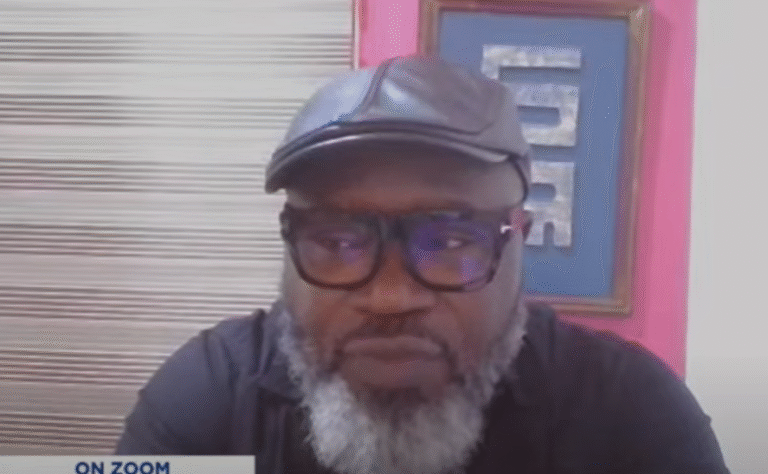The Executive Director of Africa Education Watch, Kofi Asare, has called for alternative funding sources — including the use of oil revenues — to accelerate the upgrading of Ghana’s secondary school infrastructure.
He warned that relying solely on the Ghana Education Trust Fund (GETFund) will not be sufficient to meet the infrastructure demands of Free SHS.
“The fiscal space available for infrastructure development with the competing demands for basic, tertiary and second-cycle for infrastructure financing indicates that it will take at least two decades before we can upgrade Category C or the dilapidated Senior High Schools and technical institutions to the level of Category B or if you like to the level of a standard Senior High School.
He added:” And within that period we need consistent investment of about GHC4 billion every year. That cannot be championed only by GETFund and so we need to look at other funding sources including more oil revenue to augment the Capex we are getting from GETFund.”
His remarks follow chaotic scenes at the Ghana National Association of Teachers (GNAT) Hall in Accra on Tuesday, September 23, where hundreds of frustrated parents and students besieged the venue over this year’s placement challenges.
Nonetheless, he said all 590,000 candidates who qualified for Senior High School placement can be enrolled, but the real challenge lies in parental preferences.
“The government of Ghana has adequate spaces to accommodate all 590k or so candidates who have qualified for placement. What the Government of Ghana does not have is the taste of all the 590k students. So there will definitely be some dis-equilibrium between the expectation of candidates, parents on one side and government’s ability to provide education to their taste,” he stressed.
He explained that despite having over 700 Senior High Schools nationwide, most parents and candidates focus on less than 100 Category A and B schools, creating intense competition.
Mr. Kofi Asare stressed that without additional funding streams, Ghana risks prolonging the infrastructure gap, leaving many schools in deprived conditions for years while demand for quality education continues to grow.
Source:Lovinghananews.com


